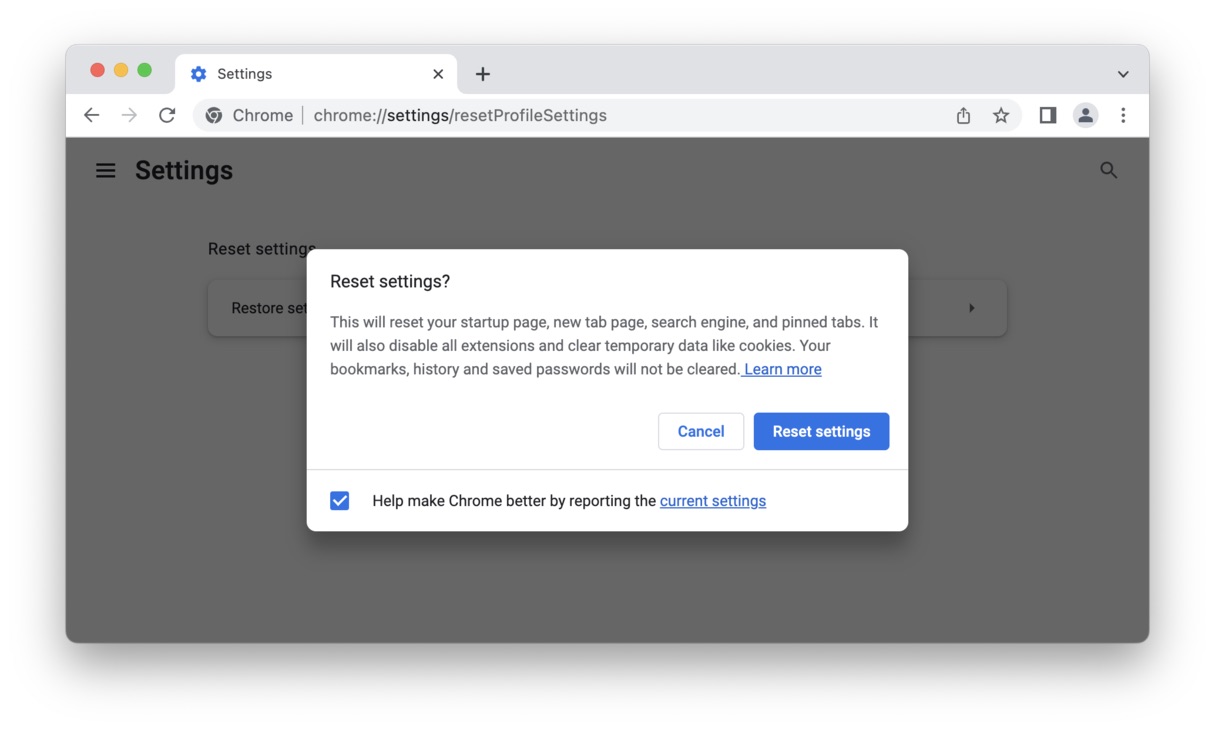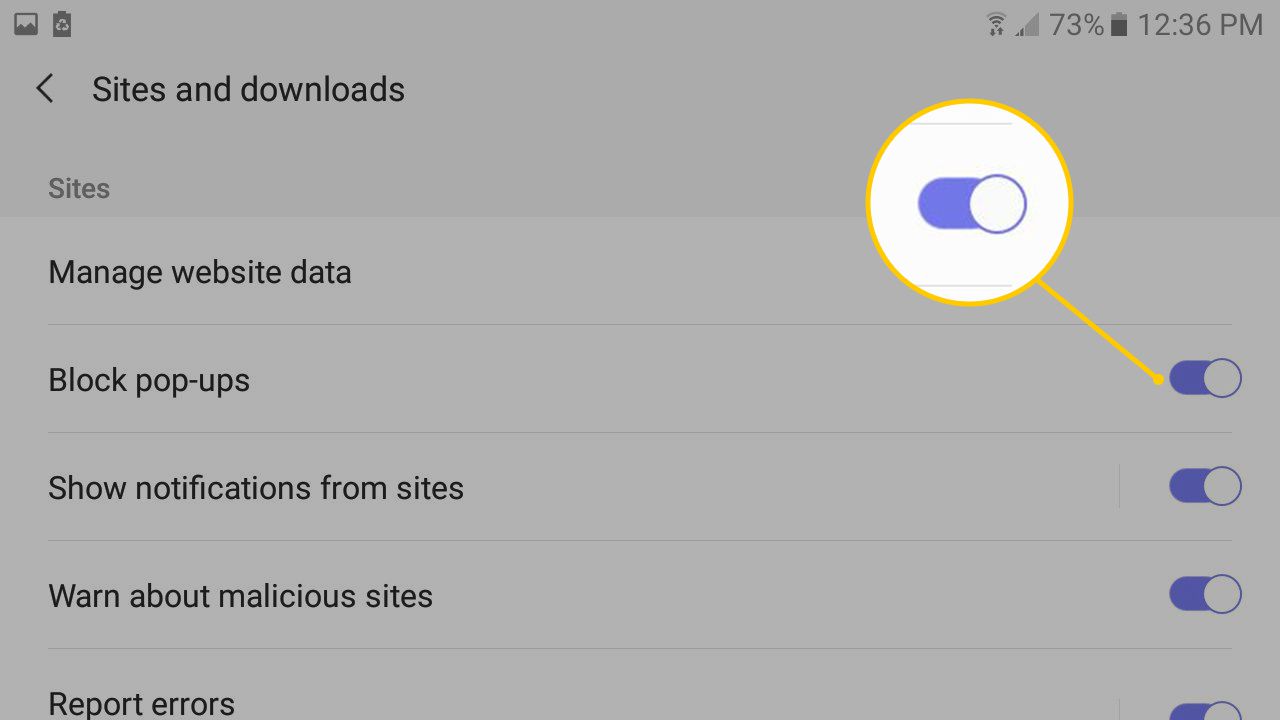Introduction
The tab bar in the Chrome browser serves as a convenient tool for managing multiple open tabs, allowing users to navigate seamlessly between different web pages. However, there are instances when individuals may seek to customize their browsing experience by removing the tab bar. Whether it's to maximize screen space, adopt a minimalist interface, or simply experiment with alternative browsing setups, the desire to eliminate the tab bar is not uncommon.
In this article, we will explore various methods to achieve this customization within the Chrome browser. From leveraging Chrome flags to utilizing extensions and implementing custom CSS, we will delve into step-by-step instructions to help you tailor your browsing environment to suit your preferences. Whether you're a tech-savvy enthusiast or a casual user looking to personalize your browsing experience, these methods offer flexibility and control over the appearance and functionality of your Chrome browser.
By understanding and implementing these techniques, you can unlock the potential for a more tailored and streamlined browsing experience. So, let's embark on this journey to discover how you can bid farewell to the tab bar on Chrome and embrace a new, personalized browsing interface.
Method 1: Using Chrome Flags
Chrome flags are experimental features and settings that allow users to customize and enhance their browsing experience. By accessing these flags, you can modify various aspects of the Chrome browser, including the appearance and functionality of the tab bar. Here's how you can use Chrome flags to get rid of the tab bar on Chrome:
-
Accessing Chrome Flags:
- To begin, open a new tab in the Chrome browser and type "chrome://flags" in the address bar, then press Enter. This will take you to the Chrome flags page, where you can explore and enable experimental features.
-
Search for Tab Management Flags:
- Once on the Chrome flags page, you can use the search bar to look for specific flags related to tab management. Keywords such as "tab," "tab strip," or "tab layout" can help narrow down the list of available flags.
-
Enable Tab Grid Layout:
- One of the flags you can explore is the "Tab Grid Layout" flag. This experimental feature transforms the traditional tab bar into a grid-based layout, which can effectively eliminate the conventional tab bar appearance.
-
Selecting the Desired Option:
- Upon finding the "Tab Grid Layout" flag, you can click on the dropdown menu next to it and select the "Enabled" option. This action activates the experimental feature, prompting Chrome to apply the grid-based tab layout.
-
Relaunching Chrome:
- After enabling the desired flag, Chrome will prompt you to relaunch the browser to apply the changes. Ensure that you have saved any important work and then click the "Relaunch" button to restart Chrome with the new tab layout.
-
Experience the Tab-Free Interface:
- Once Chrome restarts, you will notice the transformation of the tab bar into a grid layout or the absence of the traditional tab bar, depending on the specific flag you enabled. This allows you to navigate between tabs using the new layout or alternative tab management methods.
By leveraging Chrome flags, you can experiment with different tab management options and explore alternative layouts that align with your browsing preferences. It's important to note that these experimental features may undergo changes or be removed by Chrome in future updates, so it's advisable to stay informed about any modifications to the flags you have enabled.
With the flexibility offered by Chrome flags, you can tailor your browsing environment to suit your needs, whether it involves streamlining the tab management interface or exploring innovative browsing layouts. As you navigate through the realm of Chrome flags, you have the opportunity to discover and implement experimental features that resonate with your desired browsing experience.
Method 2: Using Chrome Extensions
Chrome extensions offer a diverse array of functionalities, empowering users to personalize and enhance their browsing experience. When it comes to modifying the appearance and behavior of the Chrome browser, extensions provide a convenient avenue for implementing customizations, including the removal of the tab bar. Here's how you can utilize Chrome extensions to bid farewell to the tab bar and embrace a more tailored browsing interface.
-
Exploring Extension Options:
Before diving into the realm of Chrome extensions, it's essential to identify suitable options designed to facilitate the removal of the tab bar. You can begin by visiting the Chrome Web Store, where a multitude of extensions cater to various browsing needs. Keywords such as "tab management," "custom layout," or "browser interface" can help narrow down the search for extensions that align with your preferences. -
Selecting a Tab Management Extension:
Once you've identified potential candidates, carefully review the features and user reviews to gauge the effectiveness and reliability of each extension. Look for extensions specifically tailored to tab management and interface customization, as these are more likely to offer the functionality you seek. Consider factors such as user ratings, the number of downloads, and developer credibility to make an informed decision. -
Installing the Chosen Extension:
After selecting a suitable tab management extension, you can proceed to install it by clicking the "Add to Chrome" button on the extension's web store page. Chrome will prompt you to confirm the installation, after which the extension will be added to your browser. Once installed, the extension's icon may appear in the Chrome toolbar, providing access to its settings and functionalities. -
Configuring Tab Bar Removal:
Depending on the capabilities of the chosen extension, you may find options within its settings to customize the tab bar's appearance or behavior. Look for features that allow you to hide or modify the tab bar, providing the flexibility to tailor your browsing interface according to your preferences. Some extensions offer advanced tab management functionalities, enabling you to organize and navigate tabs in innovative ways. -
Exploring Additional Features:
Beyond tab management, many extensions offer a range of additional features that can further enhance your browsing experience. These may include custom themes, enhanced privacy settings, productivity tools, and more. By exploring the full potential of the installed extension, you can uncover a wealth of functionalities that contribute to a personalized and efficient browsing environment.
By leveraging Chrome extensions, you can seamlessly integrate custom tab management solutions into your browsing routine, allowing you to bid adieu to the conventional tab bar and embrace a tailored interface that aligns with your preferences. Whether you prioritize screen space optimization, innovative tab organization, or a minimalist browsing layout, the diverse ecosystem of Chrome extensions offers a multitude of options to cater to your needs. As you navigate through the realm of extensions, you have the opportunity to discover and implement tools that resonate with your desired browsing experience, empowering you to craft a personalized and efficient browsing environment.
Method 3: Using Custom CSS
Custom Cascading Style Sheets (CSS) present a powerful avenue for users to exert precise control over the visual presentation of web pages. By leveraging custom CSS, individuals can implement targeted modifications to the appearance and layout of websites, including the Chrome browser interface. Here's how you can utilize custom CSS to bid farewell to the tab bar and embark on a journey of personalized browsing aesthetics.
Understanding Custom CSS Implementation
Before delving into the realm of custom CSS for Chrome, it's essential to grasp the fundamentals of CSS implementation. Custom CSS allows users to override default styles and apply their own design rules to web elements. In the context of the Chrome browser, this presents an opportunity to tailor the appearance of the tab bar or even conceal it entirely, aligning with your desired browsing interface.
Accessing Chrome's Custom CSS Options
To begin, users can explore the availability of custom CSS options within the Chrome browser. While Chrome does not natively provide a user-friendly interface for custom CSS implementation, users can leverage third-party extensions to introduce this functionality. Extensions such as "Stylish" or "Custom Style Script" empower users to inject custom CSS rules into web pages, including the Chrome interface.
Crafting Custom CSS Rules for Tab Bar Modification
Once the custom CSS extension is installed, users can navigate to its settings or interface to create and apply custom CSS rules. To target the tab bar in Chrome, users can craft CSS rules that specifically address the tab bar's visual properties, such as its display, positioning, or visibility. By manipulating these properties through custom CSS, users can effectively alter the tab bar's appearance or conceal it to align with their browsing preferences.
Implementing and Testing Custom CSS Modifications
After formulating the custom CSS rules for tab bar modification, users can apply these rules through the extension's interface. Upon application, the custom CSS will take effect, potentially resulting in the transformation or removal of the tab bar within the Chrome browser. It's crucial to thoroughly test the custom CSS modifications to ensure they achieve the intended visual outcome without adversely impacting the browsing experience.
Exploring Advanced Customization Possibilities
Beyond tab bar modification, custom CSS opens the door to a realm of advanced customization possibilities. Users can experiment with customizing various elements of the Chrome interface, including toolbar components, navigation buttons, and overall layout aesthetics. By delving into the intricacies of custom CSS, individuals can sculpt a browsing environment that reflects their unique preferences and visual sensibilities.
By harnessing the power of custom CSS, users can transcend the confines of default browser interfaces and embark on a journey of personalized browsing aesthetics. The ability to tailor the appearance and layout of the Chrome browser through custom CSS empowers individuals to craft a browsing environment that resonates with their visual preferences and enhances their overall web experience.
Conclusion
In the realm of web browsing, the ability to customize and tailor the browsing interface to align with individual preferences is a compelling prospect. The journey to bid farewell to the tab bar on Chrome has unveiled a spectrum of methods, each offering unique avenues for users to sculpt their browsing environment. Whether it's through the experimental terrain of Chrome flags, the diverse ecosystem of extensions, or the precision of custom CSS, users have the opportunity to transcend the default tab bar interface and embrace a more personalized browsing experience.
As we navigate through the methods explored in this article, it becomes evident that the flexibility and adaptability of the Chrome browser empower users to exert control over their browsing environment. The utilization of Chrome flags presents an experimental playground, allowing users to test and implement innovative tab management features that align with their preferences. While the landscape of Chrome flags may evolve with future updates, the exploration of experimental features remains an intriguing avenue for users seeking to customize their browsing interface.
Furthermore, the realm of Chrome extensions offers a rich tapestry of functionalities, providing users with a diverse array of tools to modify the appearance and behavior of the browser. By leveraging tab management extensions, users can bid adieu to the conventional tab bar and embrace innovative layouts and organization methods that cater to their browsing habits. The seamless integration of extensions into the browsing experience underscores the adaptability and personalization potential inherent within the Chrome ecosystem.
Moreover, the implementation of custom CSS introduces a layer of precision and fine-tuning, enabling users to exert granular control over the visual presentation of the Chrome interface. Through custom CSS, individuals can sculpt a browsing environment that reflects their unique visual sensibilities, transcending the constraints of default browser interfaces and embracing a tailored aesthetic that resonates with their preferences.
In conclusion, the journey to get rid of the tab bar on Chrome transcends mere customization; it embodies the empowerment of users to shape their browsing environment according to their individual preferences. Whether it's through the experimental allure of Chrome flags, the diverse functionalities of extensions, or the precision of custom CSS, users are presented with a canvas upon which they can craft a browsing interface that aligns with their visual, organizational, and functional needs. As we bid farewell to the traditional tab bar, we embark on a journey of personalized browsing aesthetics, empowered by the flexibility and adaptability of the Chrome browser.

























